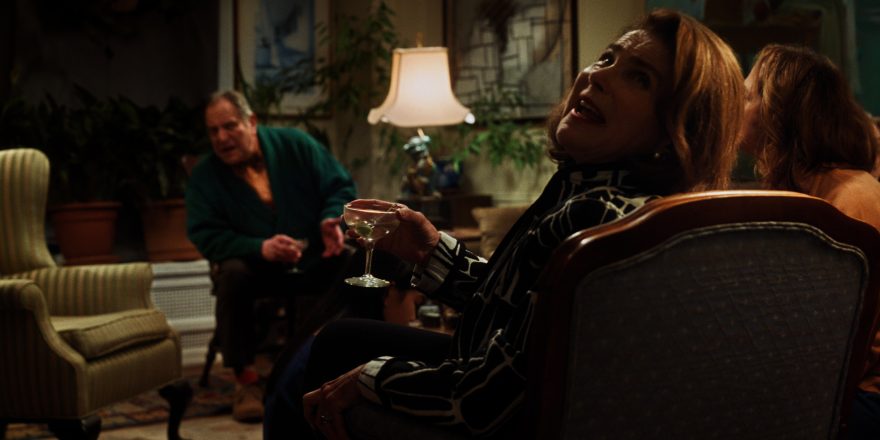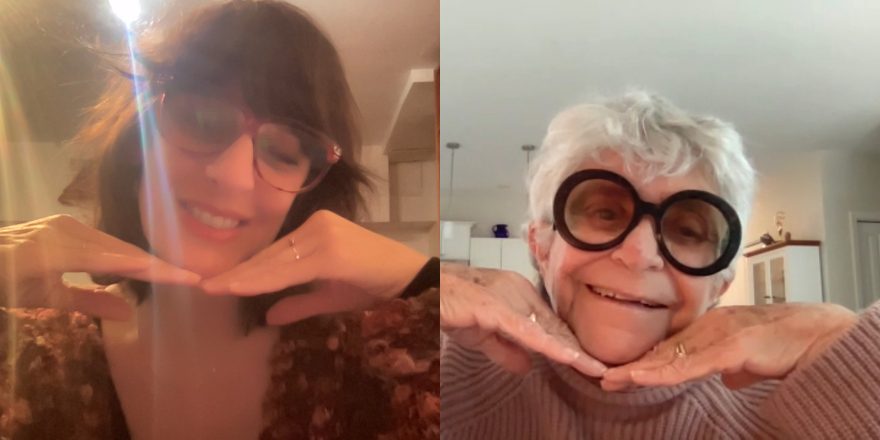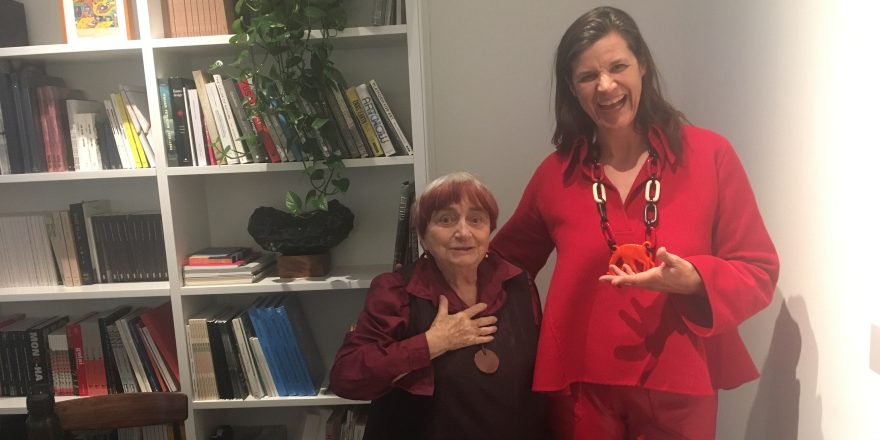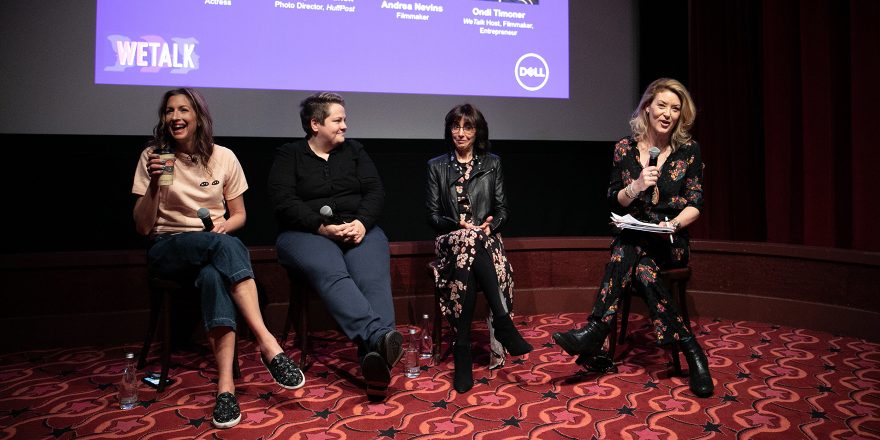For a big chunk of my life — my 20s — the most important thing about me was that I made a public access TV show called The Spew. My friend Juj and I wrote, directed, starred in and edited it. It was DIY. It was punk. It was so lo-fi that it was almost like high-brow video art. It was also the beginning of my career as a filmmaker who tells stories inspired by the films I grew up on. Only reimagined a bit – with people like me in the leading roles.
In The Spew, Juj and I often recreated scenes from movies. The Last Samurai, The Royal Tenenbaums, Fight Club, Ghost World, Oliver. Anything with Steve Buscemi or Owen Wilson took top priority. One time, I was on the street handing out fliers promoting an episode called something like “The Steve Buscemi Episode” when Steve Buscemi himself walked past. I held out a hand-drawn, raggedly cut flier to him and — ecstatic at this coincidence — told him the entire episode was inspired by his work. He calmly said, “Cool, I’ll check it out.” Sometimes it feels like I’m lying when I tell that story. But it really did happen.
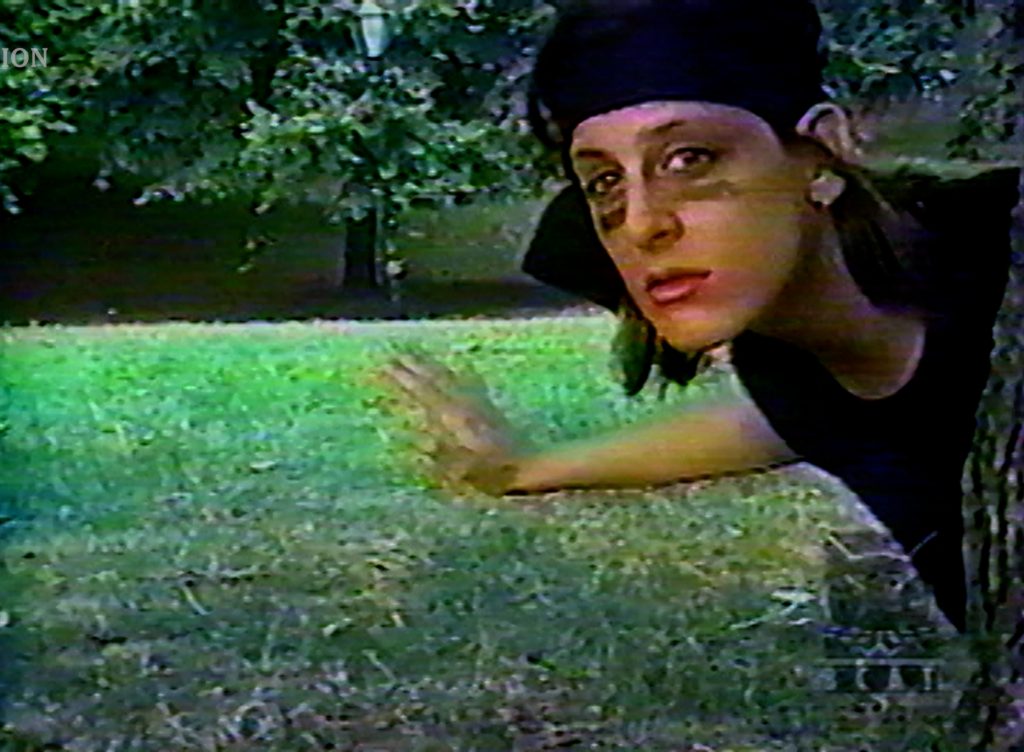
Back then, when we were recreating movies, it was a way to imagine ourselves in spaces we could never have been in. In our Fight Club, Juj was Ed Norton and I was Brad Pitt. In our Last Samurai, she was Tom Cruise and I was Ken Watanabe (this kind of role playing wouldn’t go over now). In our Royal Tenenbaums, she was Gwyneth Paltrow and I was Angelica Huston. We were playing rich people. We were playing men. We were playing samurai. Despite all the ways we were nothing like those actors, and despite our reservations about these movies being more than slightly problematic, we saw ourselves in those characters and the dynamics of those stories. We were experimenting with how it felt to make movies about our lives and personalities and relationships.
I have since moved on to making films myself. There are a lot of differences between my public access show and the films I make now – sound gear, a crew, scripts that are written on a computer not on scraps of paper — but one very important thing has stayed the same: I’m still role playing. I’m still creating a connection between my films and the films and characters that came before. I’m looking to movies that inspired me and inserting myself and others into roles we never would’ve had. And I’m imposing conversations and ideas onto those films – conversations and ideas those films didn’t even know to explore. Like gun violence, bisexuality and the climate crisis.
In one of my most recent films, Cléo From 8:20 to 2:35, I’m reimagining the Agnès Varda cult classic Cléo From 5 to 7. The original film tracks the moments of Cléo, an aspiring pop singer in early 1960s Paris, as she awaits biopsy results. In my film, we track the moments of my Cléo. She’s a mom in Brooklyn. It’s an ordinary day. She has coffee, runs errands, has daytime sex with her husband (it lasts all of three minutes). But instead of breast cancer hanging over her, it’s a lockdown at her kids’ school.
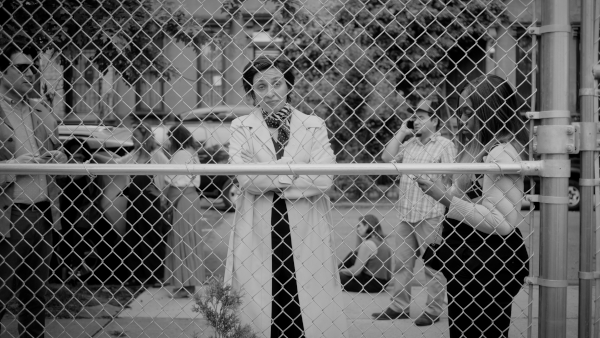
In the same way, my film We Should Eat is inspired by films I watched as a kid, like Moonstruck, Terms of Endearment, Postcards From the Edge – all films about chaotic family relationships. Films that don’t shy away from shouting or banging on the table. I was talking to my friend Alysia Reiner, who stars in We Should Eat, about why I loved those movies and why I emulate them in my own work. “Oh, it’s the characters,” she says. “They’re messy. They’re a total mess. Their emotions are literally exploding out of them.”
“Working with you,” says Alysia, “reminds me of my childhood and those movies that had such an impact on me. Like The Goodbye Girl. For me, it was so much about identity. My parents got divorced and I think I fantasized that my life would be more like that adventurous mother and daughter duo. I saw myself in them. Or wanted to.”
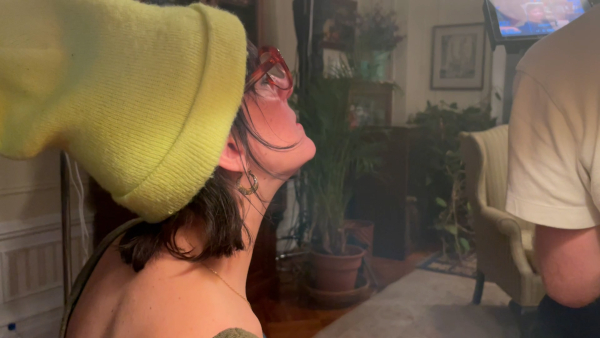
Just like Juj and I used The Spew to put ourselves into the movies we loved, Alysia and I share a connection to the movies of the 1970s and ’80s that are full of emotion and complicated relationships: Kramer vs Kramer, Ordinary People, The Big Chill, Tootsie. We see ourselves and our families in these films where people talk over each other, struggle to find themselves and ultimately fight to share those hard-won identities with the world.
In our conversation, Alysia wound up saying something that felt forbidden. She mentioned him. But before she said his name, she got a little quieter. “I grew up,” she says, almost whispering, “watching Woody Allen movies.” I quickly say “Uh huh,“ because I want her to know that I’m with her on this. “And then,” she said, “when everything happened with him, I could no longer love those movies. I cut them out of my life completely.”
I also grew up watching his movies. And like Alysia, his films – even his name – have become a no-go for me. If I ever have to mention him, I’ve taken to calling him “Schmoody Schmallen.” I picked this up from the incredible filmmaker Radha Blank in an interview where she mentioned her influences. Let’s call it a nom de shame. This is something I think about a lot but never talk about. Not that I call him Schmoody Schmallen. But that a whole bunch of films I saw over and over as a kid are gone from my life.
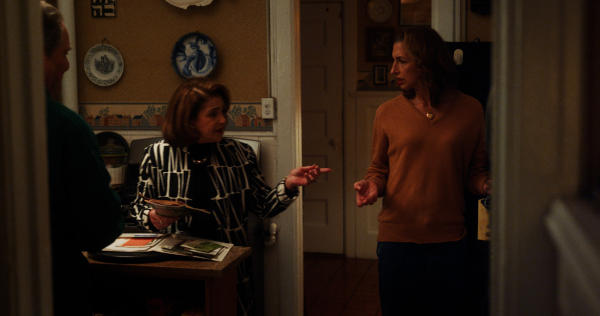
Then Alysia said: “But working with you has felt, in a way, like we’re reclaiming that style of filmmaking. Reclaiming what I loved about those films.” That is what I have been doing all along. Taking my influences, even if they are deeply flawed – like a white guy being the last samurai or another white guy having a relationship with a woman who could be his daughter –and making them my own. In doing so, I have been telling stories about the people I know and the things we have experienced, using the shared language of film.
And while I’ll never know if Steve Buscemi watched The Spew all those years ago, I can only hope he did and saw a little bit of himself in it.
Featured image, a still from We Should Eat, is by Chris Libbey; all images courtesy Shaina Feinberg.


